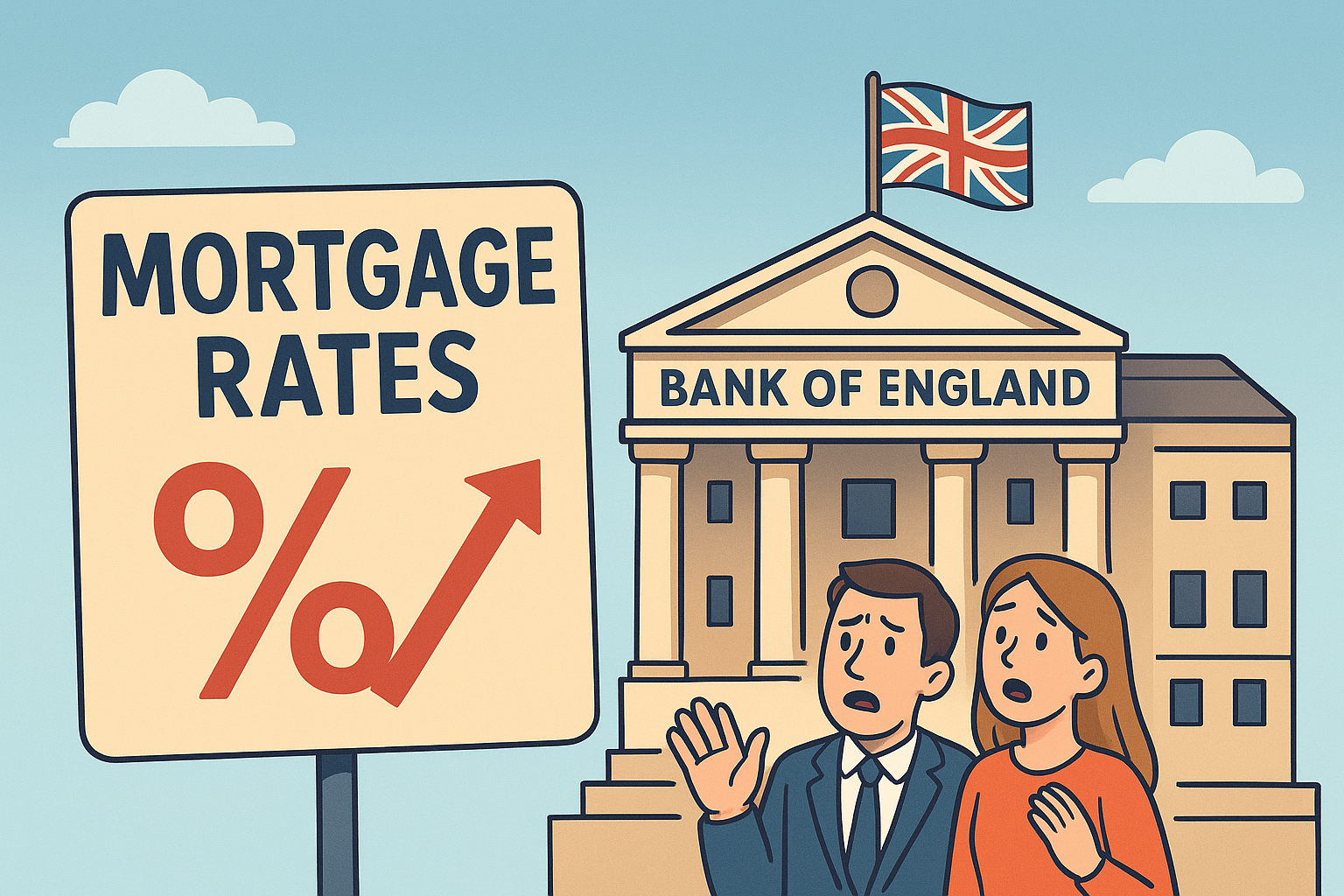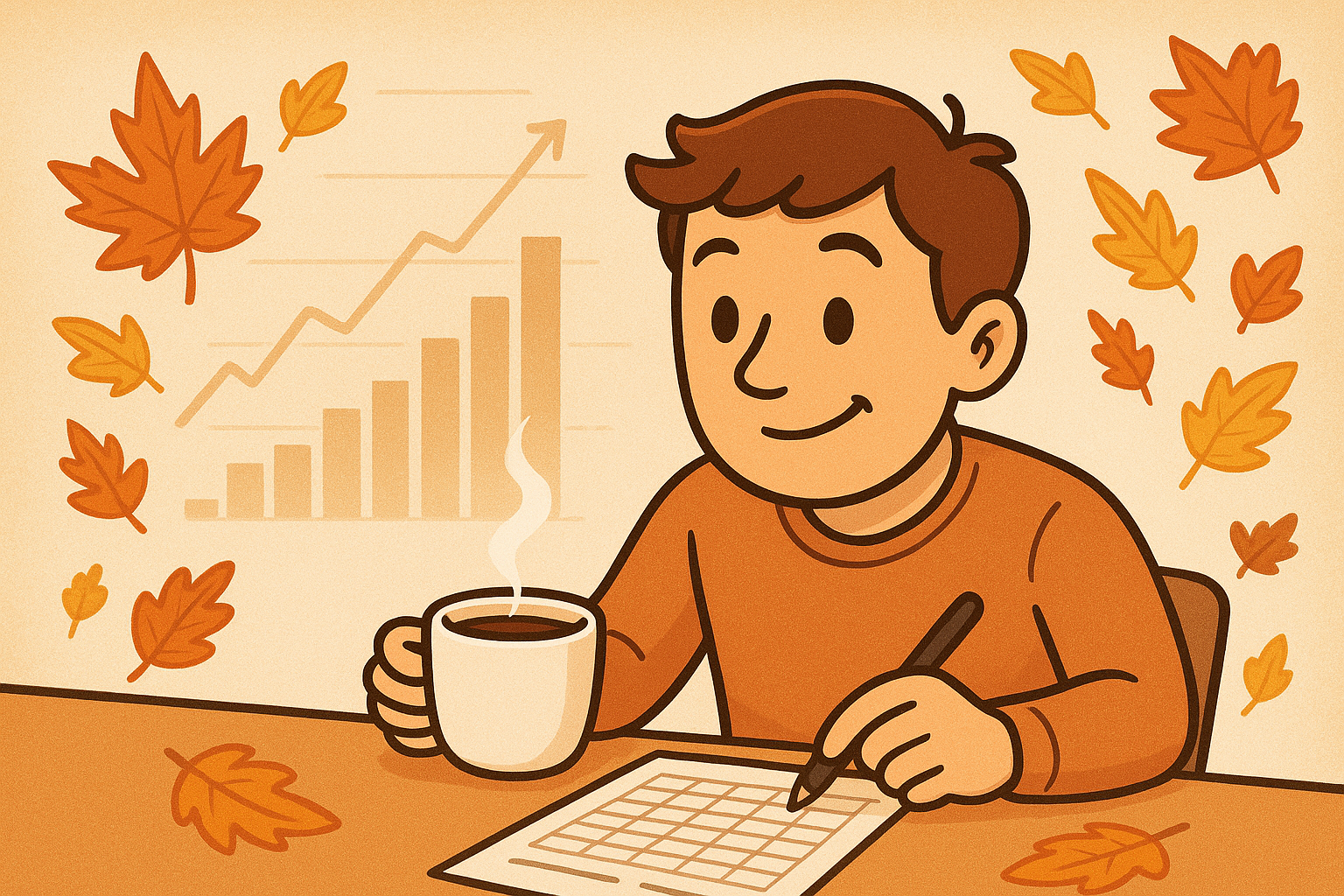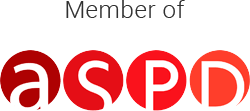Bank of England Base Rate Cut to 4.00% – What It Means for Mortgage Borrowers
The Bank of England has reduced the base rate from 4.25% to 4.00%—its second cut of 2025. This move signals a gradual shift in monetary policy as inflation continues to ease and the economy shows signs of strain.
This decision reflects:
- Continued softening of inflation (latest CPI at 2.4%)
- Slowing but elevated wage growth (5.6%)
- Rising unemployment (now at 4.6%)
- Ongoing global and domestic economic pressures
Markets still anticipate a further cut in November, but the Bank is proceeding cautiously.
Why Mortgage Rates Aren’t Falling by 0.25%
While a base rate cut often makes headlines, it doesn’t translate directly into lower fixed-rate mortgage deals. Lenders use a more complex set of tools to price their products, and base rate changes are only part of the story.
How Lenders Price Mortgage Rates
When setting fixed-rate mortgages, lenders primarily look at:
1. SONIA (Sterling Overnight Index Average):
SONIA closely tracks the Bank of England base rate and reflects the cost of short-term borrowing. It influences how lenders fund certain mortgage products.
2. Interest Rate Swaps:
Swap rates are the key driver of fixed mortgage pricing. These are financial instruments lenders use to hedge risk when offering fixed-rate deals. They reflect market expectations for future interest rates over a set period (e.g. two or five years).
An Example:
A lender offering a 2-year fixed mortgage wants to protect its margin if interest rates rise. It can enter into a swap that locks in its cost of funds based on current 2-year swap rates. If the 2-year swap rate is 4% and the lender offers a mortgage at 5%, they lock in a 1% margin.
As swap rates fluctuate daily in response to inflation data, central bank commentary, and global events, so too do the mortgage rates offered by lenders.
Swap Rate Movement – Limited Response
Although the Bank of England cut the base rate today:
- 2-year swap rates fell by approximately 0.08%
- 5-year swap rates remained flat
This muted reaction is due to the market having already priced in this move. Ongoing concerns about inflation and wage growth are also limiting expectations of further aggressive cuts.
Lender Reaction – Who’s Moved?
Several major lenders have made small changes:
- Barclays and HSBC have trimmed selected fixed rates by 0.10–0.15%
- Halifax and Nationwide have released targeted reductions this week
- Santander and NatWest have been more reserved, with fewer pricing changes so far
As we move further into August, more lenders may adjust pricing—especially if competition increases or swap rates ease further.
Will Rates Keep Falling?
Even with a base rate of 4.00%, we’re unlikely to see a rapid or dramatic drop in mortgage rates.
Several reasons for caution remain:
- Swap rates remain above their pre-October 2024 levels
- Services and wage inflation are still higher than the Bank would like
- Global events—such as US tariffs and a slowing Chinese economy—could weigh on market confidence
This means we may see modest, selective reductions, but not a return to the ultra-low rates seen in past years.
What Borrowers Should Consider
If your current deal ends in 2025 or you're planning to buy:
Secure a rate now:
Lenders are repricing cautiously, and rates can change with little notice.
Stay on top of the market:
Rates shift daily. Some lenders move weekly, others react to market signals more slowly. Working with a broker ensures you don’t miss opportunities.
Ask about rate switches before completion:
Many lenders allow you to switch to a lower rate if one becomes available before your mortgage completes.
How Sarah Grace Mortgages Can Help
We’re currently helping clients to:
- Lock in competitive rates early
- Monitor the market for rate improvements
- Take advantage of early switch opportunities
- Understand the differences between lender strategies
With ongoing market uncertainty, timing and attention to detail are key. We stay on top of the live market so you don’t have to.
Final Word
The base rate cut to 4.00% marks a further step in the Bank of England’s pivot toward easing, but fixed-rate mortgages remain tethered to swap market behaviour. While pricing is improving slowly, it’s not guaranteed—and volatility continues.
Borrowers who act early, understand how rates are priced, and work with an expert broker will be best positioned to secure value in this changing landscape.








